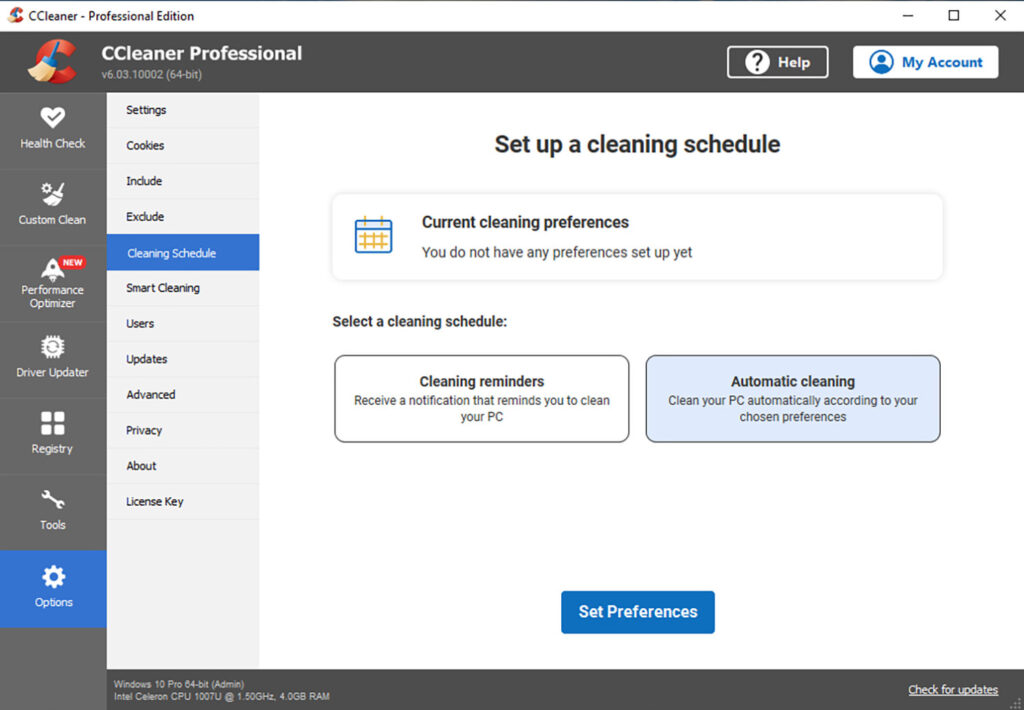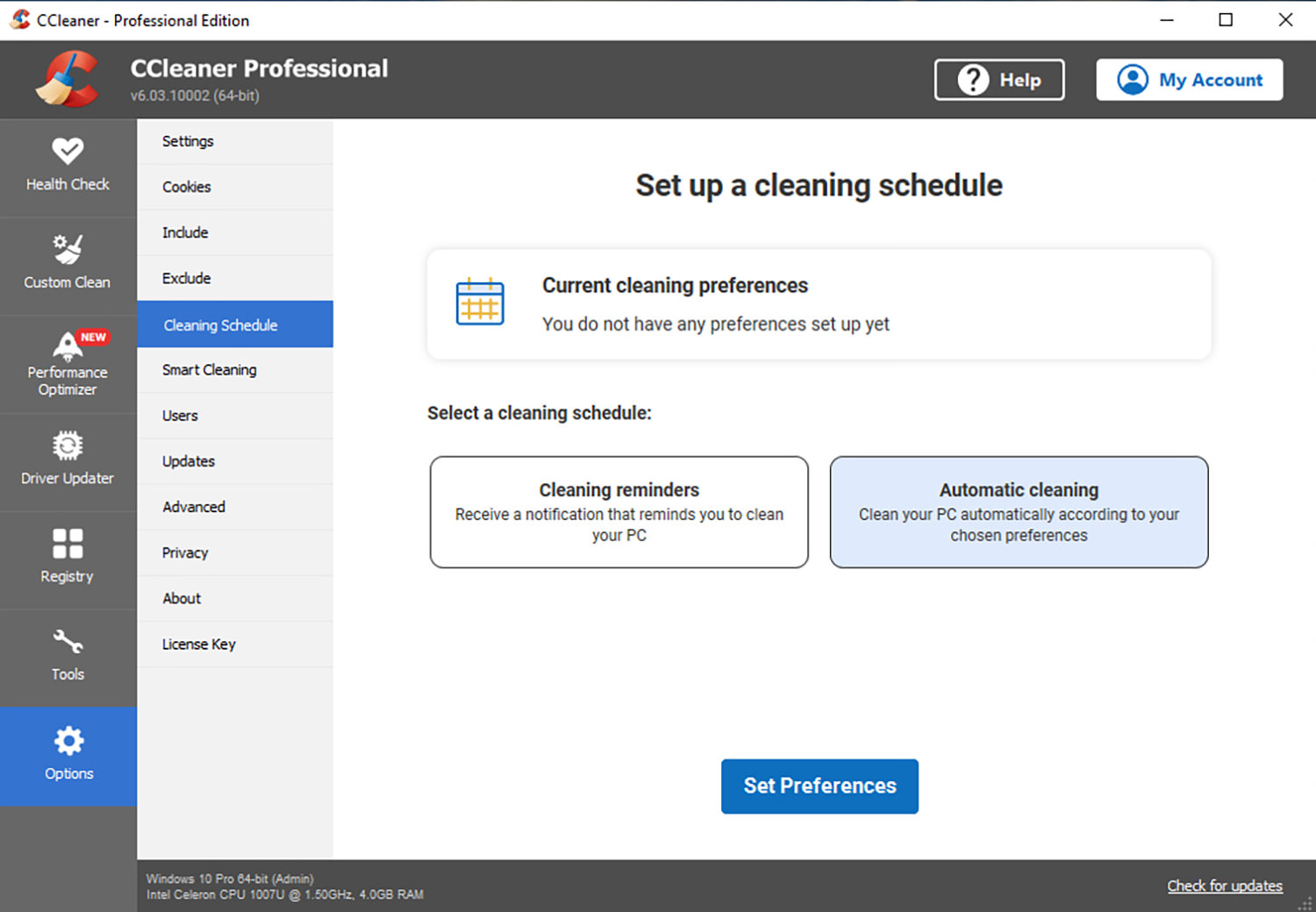
CO Cleaner: Understanding Carbon Monoxide Safety and Prevention
Carbon monoxide (CO) is an odorless, colorless gas that can be deadly. Often called the ‘silent killer,’ CO is produced by the incomplete combustion of fuels such as natural gas, propane, heating oil, kerosene, coal, charcoal, gasoline, or wood. Because you can’t see, taste, or smell it, CO can kill you before you even know it’s there. This article aims to explore the importance of CO safety, focusing on prevention and understanding the role of a CO cleaner in ensuring a safe environment.
The Dangers of Carbon Monoxide
Carbon monoxide poisoning occurs when CO builds up in the bloodstream. When CO is inhaled, it replaces oxygen in the red blood cells, leading to serious tissue damage or death. Symptoms of CO poisoning can be vague and flu-like, including headache, dizziness, weakness, nausea, vomiting, chest pain, and confusion. Prolonged exposure can lead to unconsciousness, brain damage, and ultimately, death.
Certain groups are more vulnerable to CO poisoning, including:
- Infants and unborn babies
- Elderly people
- People with chronic heart disease
- People with respiratory problems
It is crucial to understand the sources of CO and take proactive measures to prevent its buildup in enclosed spaces. This is where the concept of a CO cleaner, or more precisely, strategies for CO detection and prevention, becomes essential.
Sources of Carbon Monoxide
Understanding the potential sources of carbon monoxide is the first step in preventing poisoning. Common sources include:
- Fuel-burning appliances: Furnaces, water heaters, stoves, ovens, fireplaces, and space heaters.
- Vehicles: Running a car or truck in an attached garage, even with the door open, can cause dangerous levels of CO to build up.
- Portable generators: These should never be used indoors or in enclosed spaces.
- Charcoal grills: Burning charcoal indoors is extremely dangerous and can lead to fatal CO poisoning.
- Blocked flues and chimneys: Obstructions can prevent CO from venting properly.
Regular maintenance of these appliances and awareness of potential hazards are crucial for preventing CO poisoning. The role of a CO cleaner, in a figurative sense, is to ensure that these systems are functioning properly and safely.
The Role of Carbon Monoxide Detectors
The most effective way to protect yourself and your family from CO poisoning is to install carbon monoxide detectors. These devices monitor the air for CO and sound an alarm if dangerous levels are detected. Here are some key points regarding CO detectors:
- Placement: Install detectors on every level of your home, especially near sleeping areas.
- Maintenance: Test detectors monthly and replace batteries at least once a year, or as recommended by the manufacturer.
- Lifespan: CO detectors have a limited lifespan, typically 5-10 years. Replace them according to the manufacturer’s instructions.
- Types: Choose a detector that meets UL standard 2034, the safety standard for CO alarms.
While a CO detector doesn’t physically act as a CO cleaner, it performs the vital function of alerting you to the presence of the gas, giving you time to react and prevent serious harm. A functioning CO detector is your first line of defense.
Prevention Strategies: Being a Proactive CO Cleaner
Beyond CO detectors, several proactive steps can be taken to prevent carbon monoxide poisoning. These steps effectively transform you into a proactive CO cleaner, actively working to maintain a safe environment.
Regular Appliance Maintenance
Have your fuel-burning appliances inspected and serviced annually by a qualified professional. This includes furnaces, water heaters, stoves, ovens, and fireplaces. Regular maintenance can identify and correct potential problems before they lead to CO buildup.
Proper Ventilation
Ensure that all fuel-burning appliances are properly vented to the outside. Check vents regularly to ensure they are not blocked by debris, snow, or ice. Never block or seal vents.
Safe Use of Generators
Never use portable generators indoors or in enclosed spaces. Always operate generators outdoors, away from windows, doors, and vents. CO can build up quickly and reach deadly levels in minutes.
Caution with Vehicles
Never run a car or truck in an attached garage, even with the door open. If you need to warm up a vehicle, do it outside. Have your vehicle’s exhaust system inspected regularly for leaks.
Fireplace Safety
Ensure that your fireplace is properly vented and that the chimney is clean and free of obstructions. Open the damper before lighting a fire and keep it open until the fire is completely out and the embers are cool. Never use charcoal grills indoors.
What to Do if Your CO Detector Sounds
If your CO detector sounds, it’s crucial to act quickly and decisively:
- Evacuate: Immediately evacuate everyone from the building to fresh air.
- Call for Help: Call the fire department or emergency services from a safe location.
- Do Not Re-enter: Do not re-enter the building until it has been ventilated and the CO levels have been determined to be safe by qualified professionals.
- Seek Medical Attention: Seek medical attention immediately if anyone is experiencing symptoms of CO poisoning.
Ignoring a CO alarm can have fatal consequences. Treat every alarm seriously and take immediate action.
Advanced CO Cleaning Technologies
While the term “CO cleaner” typically refers to preventative measures and detectors, there are emerging technologies aimed at actively reducing CO levels in specific environments. These technologies include catalytic converters for vehicles and specialized air purifiers designed to remove CO from indoor air. However, these technologies are not a substitute for proper ventilation, appliance maintenance, and CO detectors.
The Future of CO Safety
As technology advances, we can expect to see even more sophisticated CO detection and prevention systems. These may include smart home systems that monitor CO levels in real-time and automatically take corrective actions, such as ventilating the building or shutting off fuel-burning appliances. The goal is to create safer and healthier living environments for everyone. Continued research and development in this area are crucial for reducing the incidence of CO poisoning.
Conclusion
Carbon monoxide poisoning is a serious threat, but it is also preventable. By understanding the sources of CO, installing and maintaining CO detectors, and taking proactive steps to ensure proper ventilation and appliance maintenance, you can significantly reduce your risk. Remember, being a proactive CO cleaner is a responsibility that can save lives. Stay informed, stay vigilant, and prioritize CO safety in your home and workplace. The key to a safe environment is awareness and consistent preventative action against the silent killer. Consider this article a call to action to become your own personal CO cleaner and champion for safety. [See also: Carbon Monoxide Detector Placement Guide] [See also: Preventing Carbon Monoxide Poisoning in Your Home] [See also: Understanding Fuel-Burning Appliance Safety]

